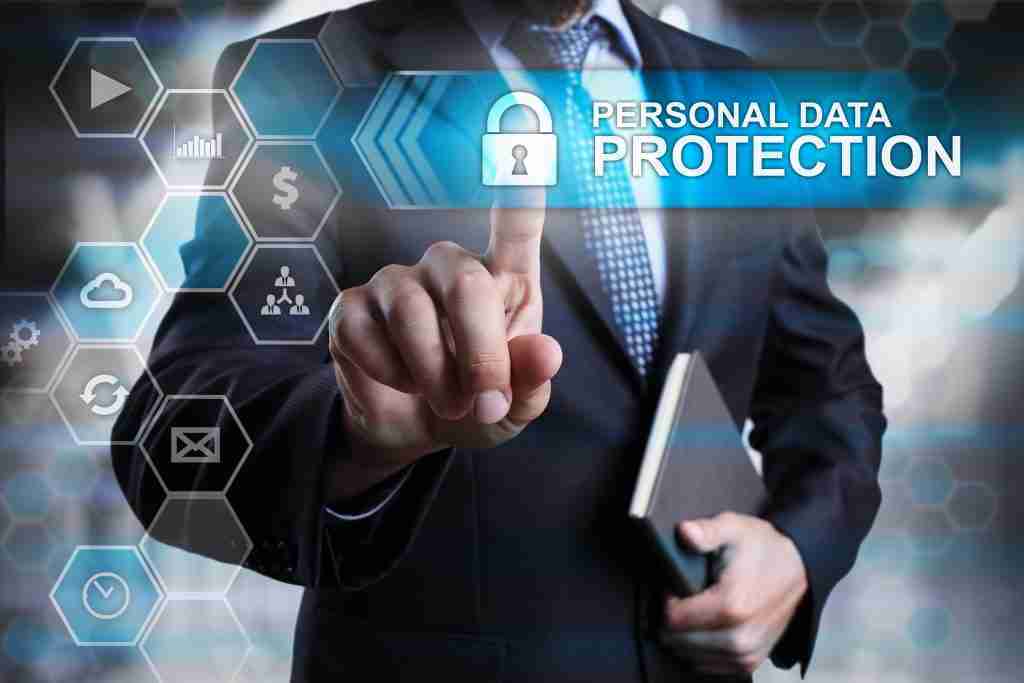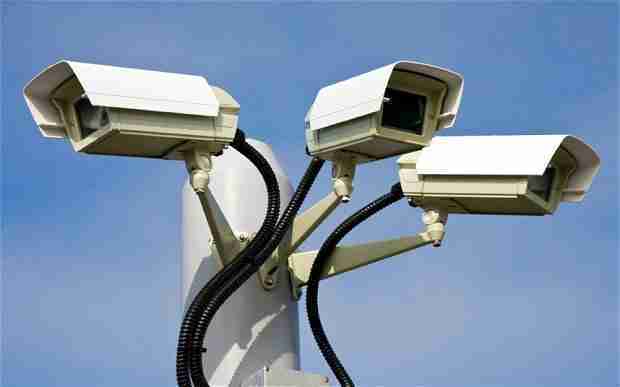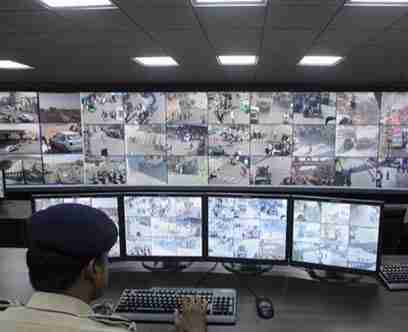KEEP IN TOUCH
Subscribe to our mailing list to get free tips on Data Protection and Cybersecurity updates weekly!







Most people may think it’s hard to delete security camera footage and would worry about continuous storage of videos when the DVR is full.
But if you know how to delete security camera footage, you can keep using your existing storage without the need to buy more space. This also ensures that your security system will work with high efficiency.
Additionally, deleting CCTV footage that you no longer need as an individual or one that no longer serves any business purpose, is ideal to ensure that good cybersecurity hygiene is maintained. In Singapore, organizations that fail to prevent the unauthorized disclosure of CCTV footage could face regulatory financial penalties.
Absolutely! If you own the security system, you can do it regularly. Another option is to select ‘Set Automatic Option’ if you’re too busy to do the task by yourself. This option is available in No Subscription Cameras that let you record on free cloud storage or SD.
Bear in mind that you can’t get rid of an incriminating video that’s not taken from your own camera. The reason? The footage was captured on multiple devices and you can’t possibly get copies of every camera.
In deleting footage, regardless of storage type, you need access to the admin password found in the camera settings.
If you should have a break-in and the criminals take your camera, can they delete all the videos of their crime? Can anyone wipe sections of CCTV footage without you knowing?
Not a chance!
These days, the quality IP cameras from top CCTV camera brands are secured with SSL encryption to encrypt the video feed and surveillance footage, WPA2-AES encryption to secure users’ WiFi network, and SSL-TLS to provide data encryption and authentication when video feeds are sent across insecure networks.
Also Read: 7 Key Principles of Privacy by Design that Businesses should adopt

There are 5 ways to delete security camera footage.
If you’re using an external SD card to record videos of a security camera, you can easily delete camera footage. But first, you need to check the timestamp and length of recording.
If you want to delete only selected clips, take out the SD card from the camera and delete those unwanted recordings via a card reader on your computer.
Take Reolink cameras as an example. To format and delete CCTV history, you only need to:
Step 1. Connect your DVR/NVR to a monitor.
Step 2. Log in to the DVR/NVR and go to its Device Settings.
Step 3. Find the disk management option, and then you can format the hard disk drive to delete all your camera’s video history and snapshots.
Some may prefer to record IP cameras straight from their computer or laptop than a dedicated DVR/NVR. If this is true for you, follow the steps below to clear CCTV footage:
Step 1. Connect security cameras to PC.
Step 2. Find the file on PC according to its storage path.
Step 3. Select and delete specific recordings.
Unfortunately, there is no way to delete or manage individual files within a certain time range stored in the NVR, DVR or PC HDD.
Using cloud storage for recorded files keeps your data secure and easy to find. This also makes it easier for you to see, fast forward, rewind, delete or download the recorded videos of your IP camera easily.
Once you login to your account and access the cloud storage, you can delete the videos you want.
Different types of Cloud storage have different systems and apps. The good news is that you can easily contact the system support to help you.

The answer depends on the storage space, camera’s resolution, compression, bit rate and the number of cameras, as the formula requires:
Recording Days = Storage Space (GB) * 10242 * 8/ Bitrate (kb/s) * 3600 * 24 * Cameras
Yes, you can! Even if any video is deleted, it does not get erased permanently and the video data still remains on the hard drive unless overwritten. There are companies who can recover formatted, deleted and overwritten data on hard drives. You may search online for hard drive recovery services. The cost for recovering your files depends on the data loss situation, the damage of your CCTV/DVR footage, and the CCTV/DVR storage drive’s data storage capacity and condition.
Also Read: 3 Easy Ways for Hard Disk Recycling Protecting Businesses
At Privacy Ninja, we take data privacy seriously. It is our mission to empower both individuals and organizations with accurate knowledge of their rights and obligations concerning data privacy laws. If your organization manages CCTV footage from your business premises, make sure to work with your trusted Data Protection Officer to review guidelines on your CCT footage management.
You see, there’s more to data privacy than meets the eye. Check out our service offerings and let us know how we can help you find the perfect service for your objectives.
Watch this to learn more: Outsourced Data Protection Officer Service (DPO-As-A-Service)